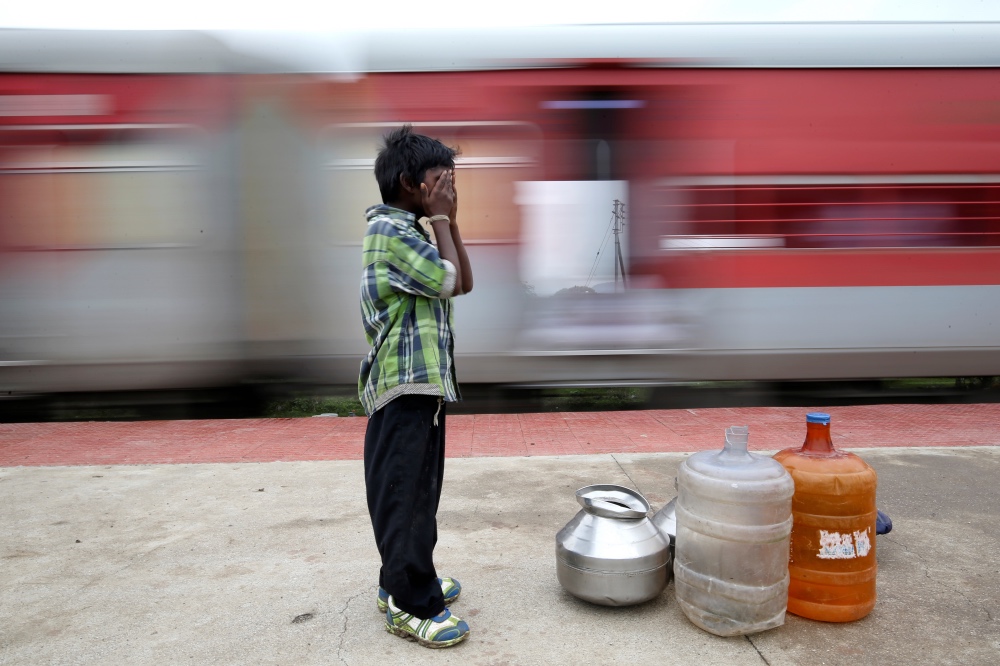
RAJENDRA JADHAV, writing for Reuters, reports from India…
Mukundwadi, India
Reuters
As their classmates set off to play after school each day, nine-year-old Sakshi Garud and her neighbour Siddharth Dhage, 10, are among a small group of children who take a 14 kilometre return train journey from their village in India to fetch water.
Their families are some of the poorest in the hamlet of Mukundwadi, in the western state of Maharashtra, a village that has suffered back-to-back droughts.

Siddharth Dhage, 10, waits to board a train with empty water containers, at Mukundwadi railway station, Aurangabad, India, on 20th July. PICTURE: Reuters/Francis Mascarenhas
India’s monsoons have brought abundant rain and even floods in many parts of the country, but rainfall in the region around Mukundwadi has been 14 per cent below average this year and aquifers and borewells are dry.
“I don’t like to spend time bringing water, but I don’t have a choice,” Dhage said.
“This is my daily routine,” said Garud. Their cramped shanty homes are just 200 metres from the train station. “After coming from school, I don’t get time to play. I need to get water first.”
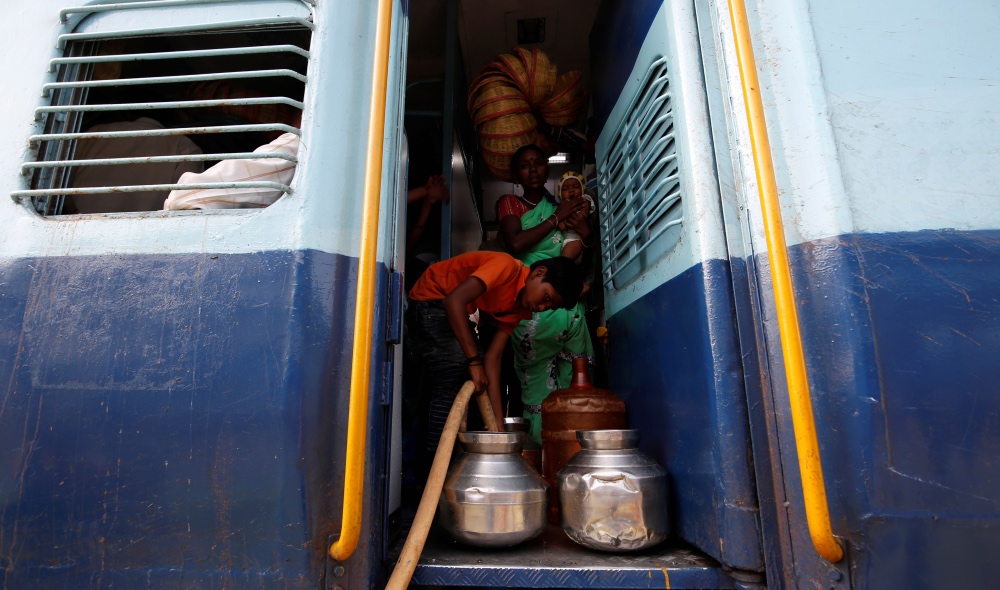
Siddharth’s mother Jyoti Dhage holds her four-month-old daughter Akansha as she watches her neighbour Gaurav Ganesh, 13, as he helps fill the containers with water at Aurangabad railway station, India, on 18th July. PICTURE: Reuters/Francis Mascarenhas
They are not alone. Millions of Indians do not have secure water supplies, according to the UK-based charity, WaterAid. It says 12 per cent of Indians, or about 163 million people, do not have access to clean water near their homes – the biggest proportion of any country.
Recognising the issue, Indian Prime Minister Narendra Modi has promised to spend more than 3.5 trillion rupees to bring piped water to every Indian household by 2024.
More than 100 families in Garud and Dhage’s neighbourhood do not have access to piped water and many depend on private water suppliers, who charge up to 3,000 rupees ($US42) for a 5,000-litre tanker during summer months.
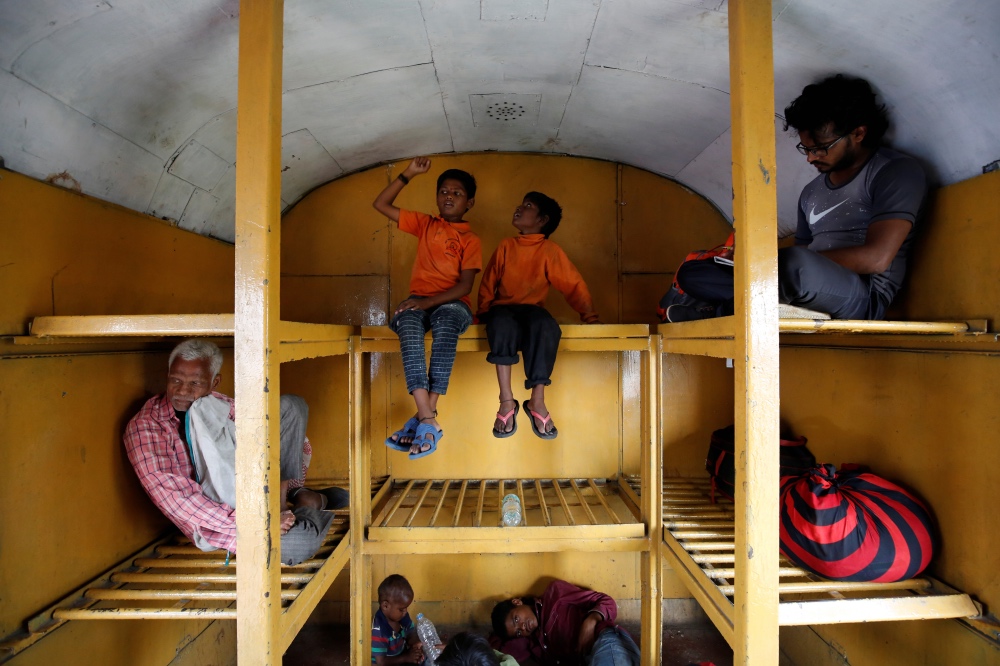
Siddharth Dhage, 10, and his neighbour Gaurav Ganesh, 13, sit in the luggage compartment of a train on their journey back to Mukundwadi railway station, in Aurangabad, India, on 18th July. PICTURE: Reuters/Francis Mascarenhas
But private water supply is something Garud and Dhage’s parents say they can not afford.
“Nowadays, I don’t get enough money to buy groceries. I can’t buy water from private suppliers,” said Dhage’s father, Rahul, a construction worker. “I am not getting work every day.”
The children take the train daily to fetch water from the nearby city of Aurangabad.
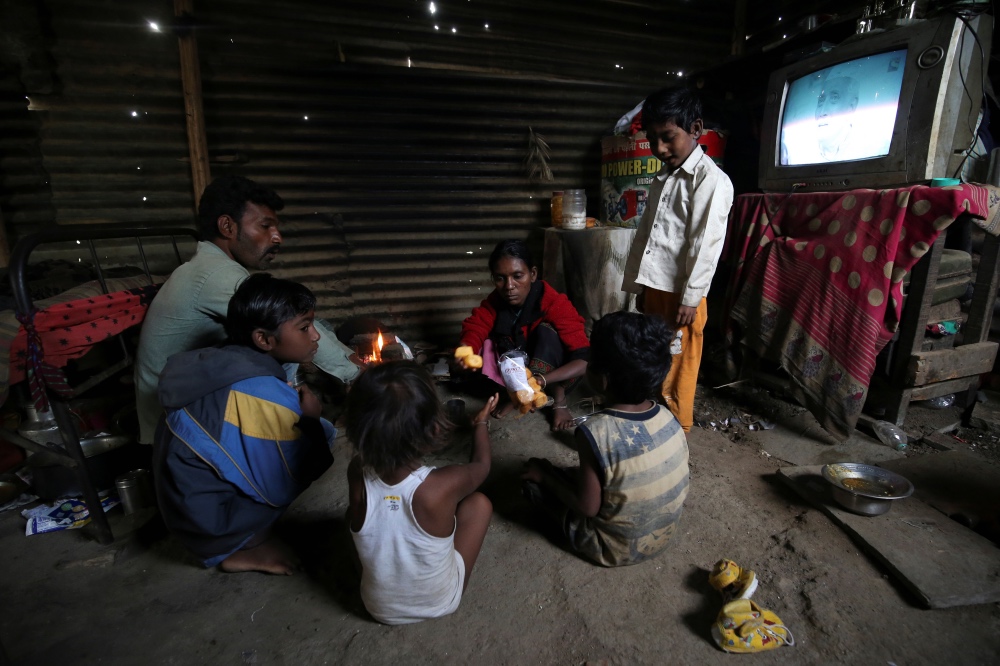
Siddharth Dhage, 10, and his family gather for breakfast at his home in Aurangabad, India, on 1st August. Dhage said. PICTURE: Reuters/Francis Mascarenhas
The train is often overcrowded, so a group of small children jostling to get on board with pitchers to fill with water is not always welcome.
“Some people help me, sometimes they complain to railway officials for putting pitchers near the door. If we don’t put them near the door, we can not take them out quickly when the train stops,” Dhage said.
Garud’s grandmother Sitabai Kamble and an elderly neighbour help occasionally by pushing them on board in the face of irritable passengers.
“Sometimes they kick the pitchers away, they grumble,” Kamble said.
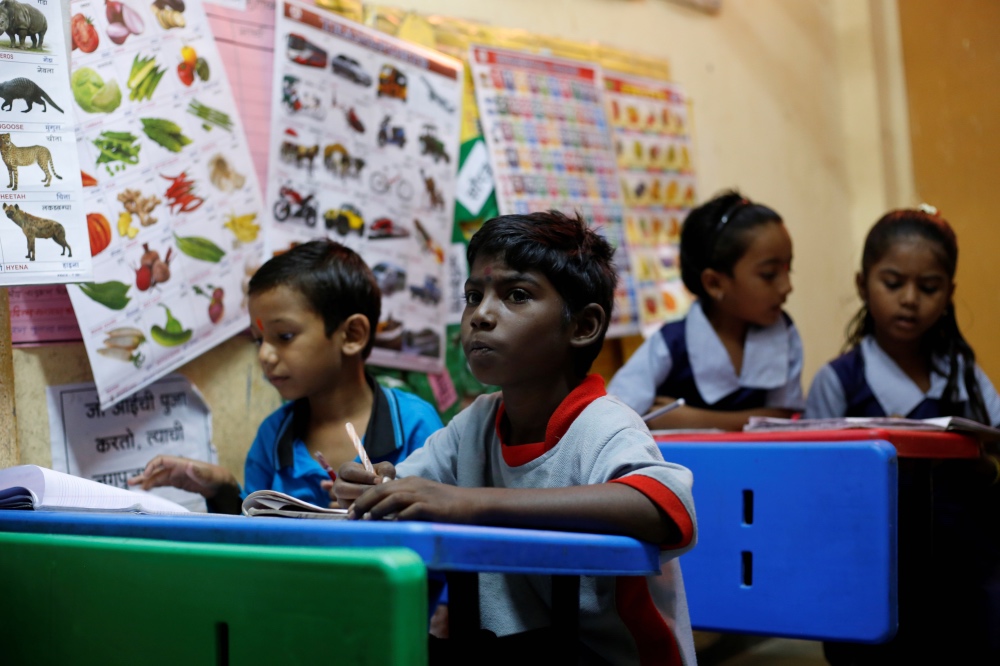
Siddharth Dhage, 10, sits at his desk in a classroom at a school in Aurangabad, India, on 18th July. PICTURE: Reuters/Francis Mascarenhas
When the train pulls into Aurangabad thirty minutes later, they scramble to fill the pitchers at nearby water pipes. Garud can’t reach the tap, so she relies on her taller sister, Aaysha, 14, and grandmother.
Others, like Anjali Gaikwad, 14, and her sisters, also board the train every few days to collect water and wash clothes.
Their neighbour Prakash Nagre often tags along with soap and shampoo. “There’s no water to bathe at home,” he says.
When the train returns them to Mukundwadi, they have just under a minute to disembark. At times, Dhage’s mother, Jyoti, is waiting at the station to help.
“I’m careful, but sometimes pitchers fall off the door in the melee and our work is wasted,” she said, holding her infant in one arm and a pitcher in the other. “I can’t leave my daughter at home alone so I have to take her along.”





